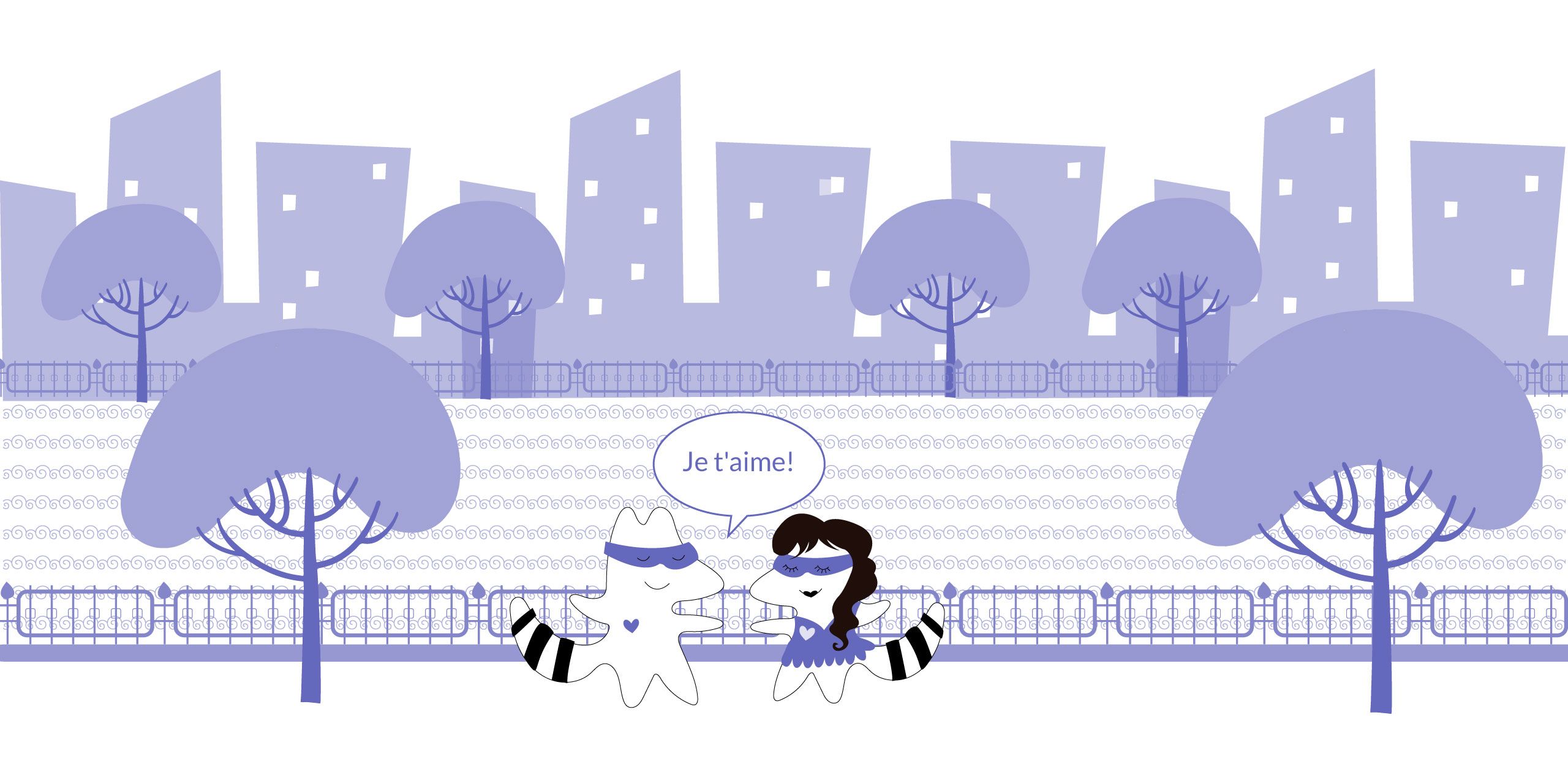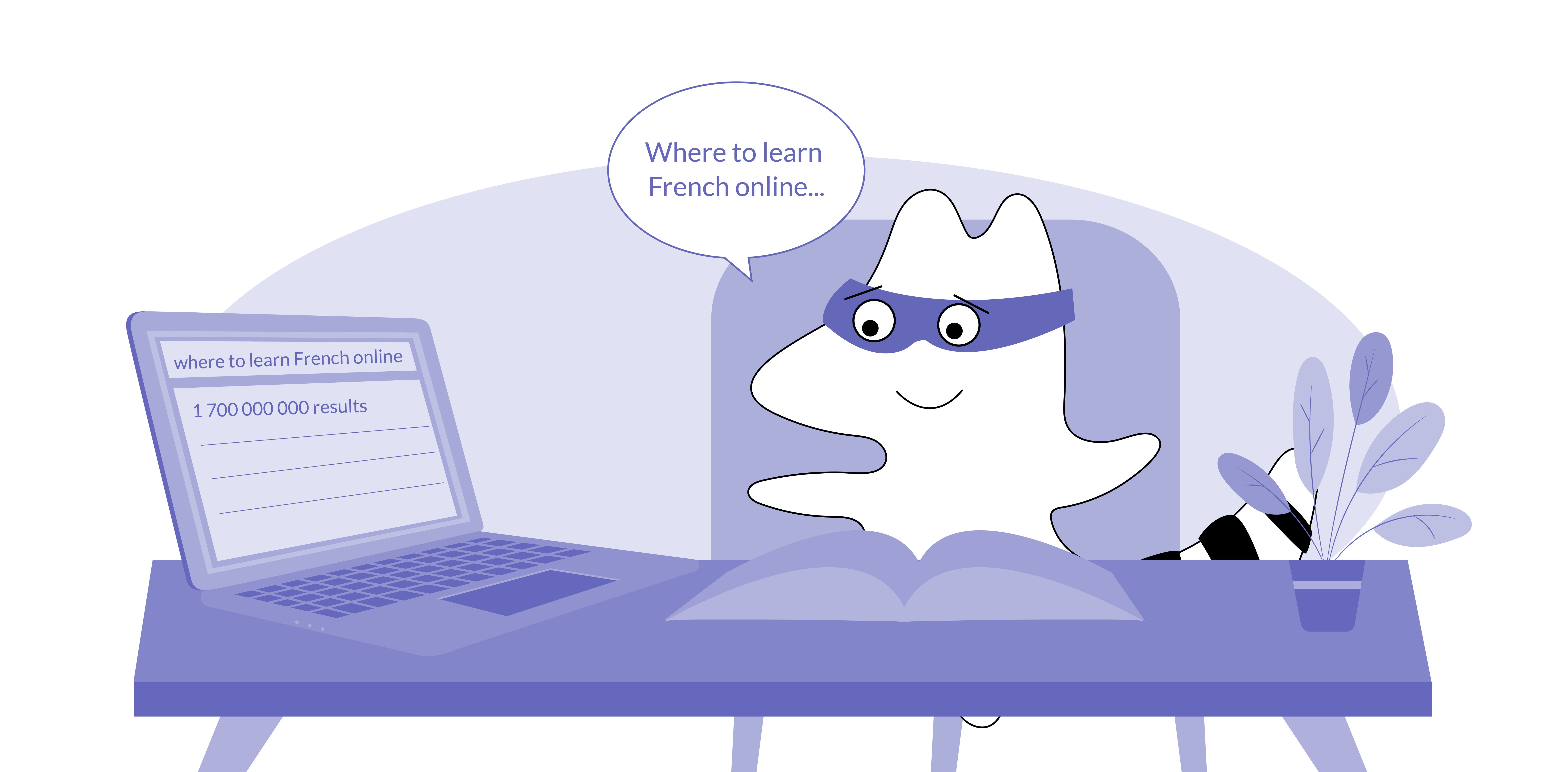
Anyone who has ever tried to learn a new language knows that it can be a daunting task. But, it doesn’t have to be difficult or boring – there are numerous ways to make your language learning journey a bit more fun. One of them is playing games.
Games can help you learn vocabulary, grammar, and pronunciation in a fun and interactive way – a little different than learning with stories or movies, for example. Games provide a bit more of an immersive experience, and you can enjoy them by yourself or in the company of fellow language-learners.
Such games don’t need to have complicated rules – a foreign language would be a challenging enough addition. So, instead of playing DnD with native speakers, choose short and fun games that every (or almost every) person in the world knows. Even though they are simple, a new language adds a fun hint to them, making the experience more enjoyable.
If you are looking for a way to start, check out our top 5 choices. In the list below, we also provide explanations about who will benefit from each game and share some helpful tips to make the process truly effective. Read on.
Learn French with Langster
Who can play Kloo?
Kloo is a classic language-learning game that can be played in groups of 2-4 people or alone. It’s recommended for ages 10 and up, but it can be played by younger children with the help of an adult. The game comes with three sets of rules, and you will use them based on the number of players.
How to play?
In Kloo, players have to create sentences in a foreign language using only cards they have in their hand. You can earn a point per each word in the sentence, so the longer the sentence you’ve created, the higher your chances of winning.
The game is pretty simple, and even though it might take you a few minutes to understand the rules completely, after a while, you won’t even think about them anymore.
Why play Kloo?
Kloo is one of the best language games out there, and one of a few games that has a great card system packed with language learning principles.
During the game, you learn how to pronounce each word, learn the meanings of other words in the sentence, and get the hang of foreign sentence structure. So, you don’t only learn the vocabulary, you also boost your pronunciation, sentence construction skills, and even listening comprehension.
Scrabble
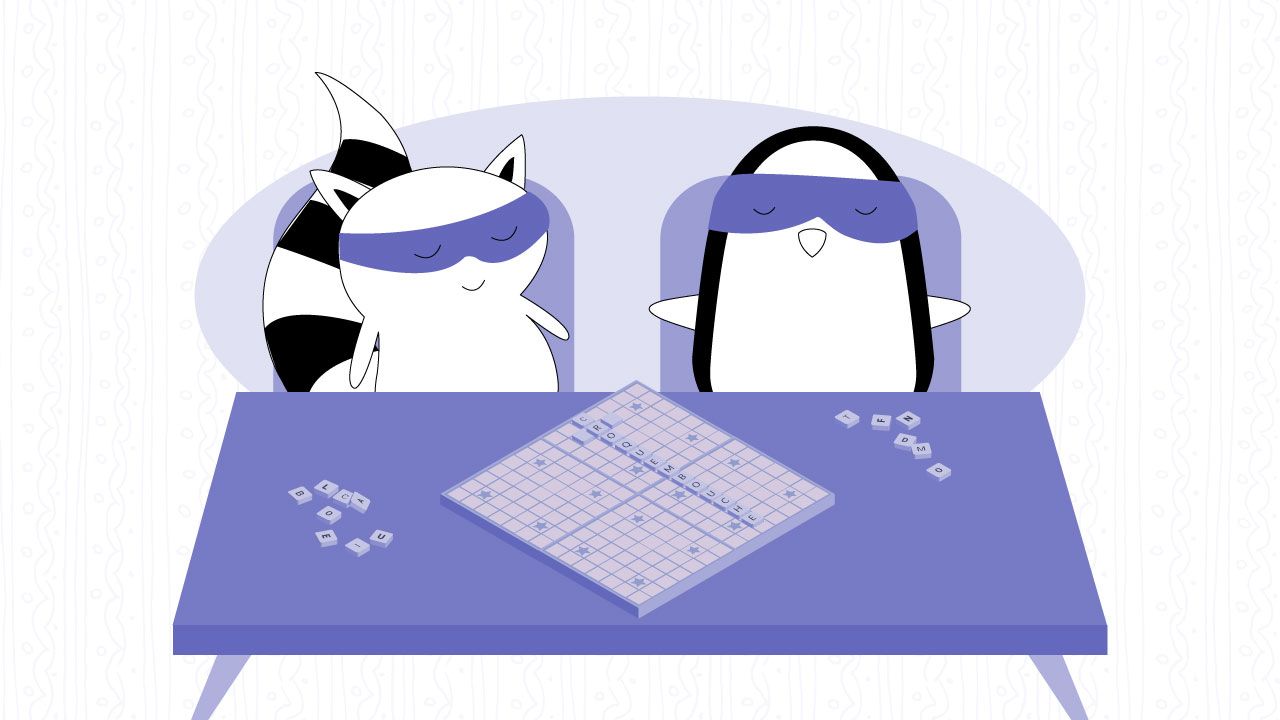
Who can play Scrabble?
Almost anyone! The game is designed for 2-4 players, but it can also be played solo. If you don’t have learning partners and want to learn a foreign language on your own, playing Scrabble by yourself is a great way to add some fun to the process.
How to play?
The goal of the game is to score points by forming words from individual letters on a board. Each player has seven letters (tiles) at the start of the game, and each turn they draw one more letter tile to their hand.
They then have the opportunity to play one or more tiles onto the board, forming a word. The longer the word, the more points it is worth. Bonus points are also awarded for using all seven of your letter tiles in one go, and for playing certain high-scoring letters like Q or Z.
To win, you need to earn the most points after all the tiles have been used up.
To play Scrabble in a foreign language, you can either buy a set in your target language or adjust the number of tiles in your own set or sets according to guidelines here.
Why play Scrabble?
There are many reasons why Scrabble is a great way to learn a foreign language. Firstly, as we mentioned before, it’s a great solo game – so you can practice on your own without any pressure. Secondly, as you get better at forming words, you also get better at learning vocabulary, pronunciation, and even grammar (if you use different grammatical forms as words).
And finally, if you make sure to have a dictionary on hand, it also helps you learn to work properly with a foreign dictionary while playing.
Spot It!
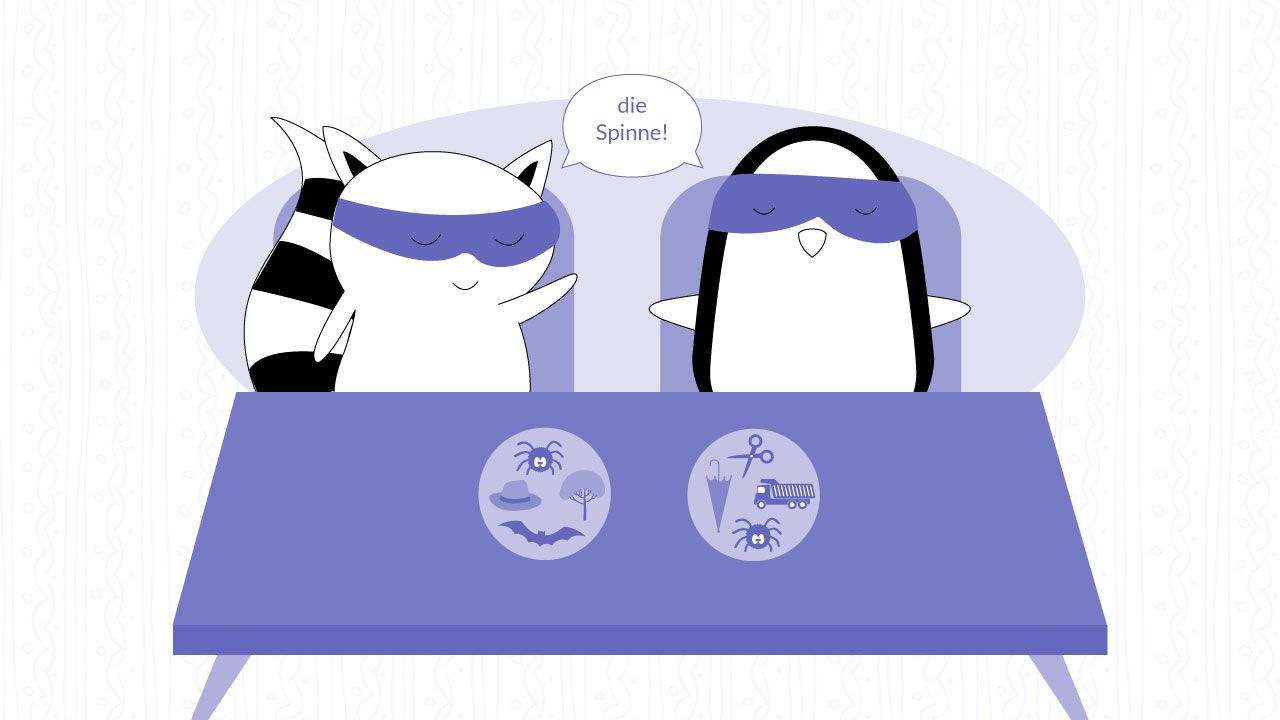
Who can play Spot It!?
This board game is best for 2-8 players, but can be played with more. It’s also great for all ages – from kids to adults. And, trust us: it’s pure fun.
How to play?
The aim of the game is to spot the one matching image between two cards as quickly as possible. Each card has eight images on it, and there is always one image that appears on both cards.
For example, if one card has a dog, a cat, a bird, and so on, and the other card has a different selection of eight images, there will still be one image that appears on both cards – like the dog.
There are different rules when it comes to this game, but the most usual is this: players take turns flipping over two cards at a time, and the first person to spot the matching image calls it out. Whoever does that first gets the card, and whoever has the most cards at the end of the game wins.
To learn a foreign language with this game, simply get a set of Spot It! cards and decide on the language you’re playing in. Make sure to set an important rule: the spotter doesn’t get a point until they name the matching image in a foreign language correctly.
Why play Spot It!?
Spot It! is a great game for those who want to practice language skills in a fun and interactive way. The high speed of the game makes your brain work faster and remember things in a more efficient way. While you might not learn a lot with Spot It!, it’s definitely a perfect fun game for practicing and training your vocab.
Moreover, it’s also good for practicing your reaction time and improving your focus – which are important learning skills overall.
Hangman
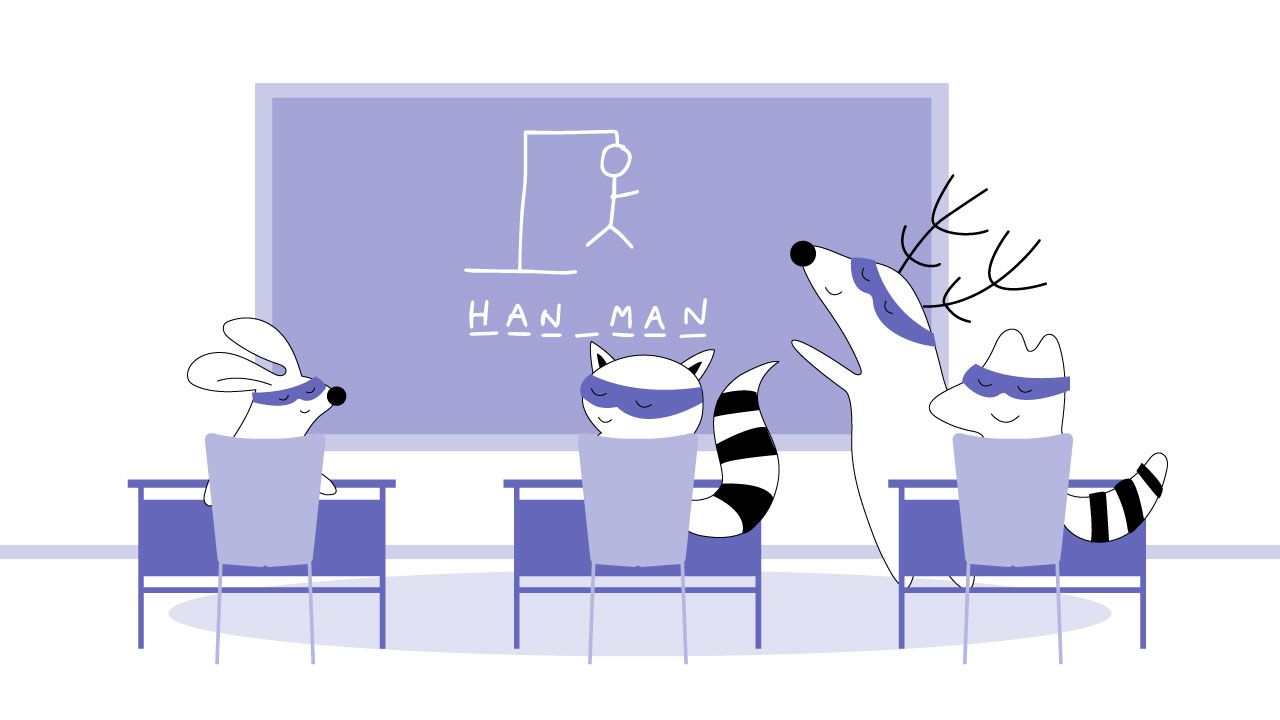
Who can play Hangman?
Hangman can be played by one or more people depending on the type of the game (online or in groups). Players of all ages can participate in it, but different age groups will require different words to be used.
How to play?
Hangman is a classic guessing game in which one player thinks of a word, and the others try to guess it by suggesting letters that might be in the word. In the online version (for example, on ba.bla), the computer produces the word.
If the letter is in the word, the computer/player writes it in its correct position(s). If the letter is not in the word, the player draws one part of a “hangman” – typically a head, body, arms, and legs.
You can win the game only by correctly guessing the word before the hangman is completed – otherwise, you lose. To learn a foreign language with it, just make sure to think of a word in this language and maybe suggest what kind of word (noun, verb, or adjective) it is to your fellow players to ease the game a bit.
Why play Hangman?
Hangman is a great way to learn and practice new vocabulary in a foreign language. It’s also a classic board game that can be enjoyed by people of all ages, and the rules are very simple, so it’s perfect for playing with friends and family.
What’s more, it’s a relatively simple game that can be played anywhere – online or offline. And finally, it can be played both solo and in groups, so it’s perfect for all types of learners.
Who can play Influent?
Influent is a computer game, so you can play it on your own. It’s a great language learning game for beginners who want to learn foreign language vocabulary in a fun and interactive way.
Unlike other games on our list, Influent is an online, 3D, free-form language game created specifically to boost your vocabulary skills and learn new words.
How to play?
In Influent, you start by learning the basics of a foreign language – like the alphabet, numbers, colors, and common words and phrases. As you progress through the game, you unlock new levels with more difficult words and phrases.
The plot is simple yet interesting: a fictional inventor gets his language learning device stolen and vows to learn 300 words in a foreign language. You learn new words by clicking on objects and can hear them pronounced out loud. This won’t only help you practice vocabulary but also start working on your speaking skills and maybe even listening skills.
Why play Influent?
Influent is a great game for those who want to learn vocabulary in a foreign language in a fun and interactive way. The game is also perfect for beginners, as it starts with the basics and gradually moves on to more difficult words and phrases.
What’s more, the basic Influent version (French, Korean, and Italian) is completely free to play, so you can start learning right away. And, if you want to learn other languages (there are sixteen of them available!), each version of the game costs less than 10$.
Bonus: Video Games in Your Target Language
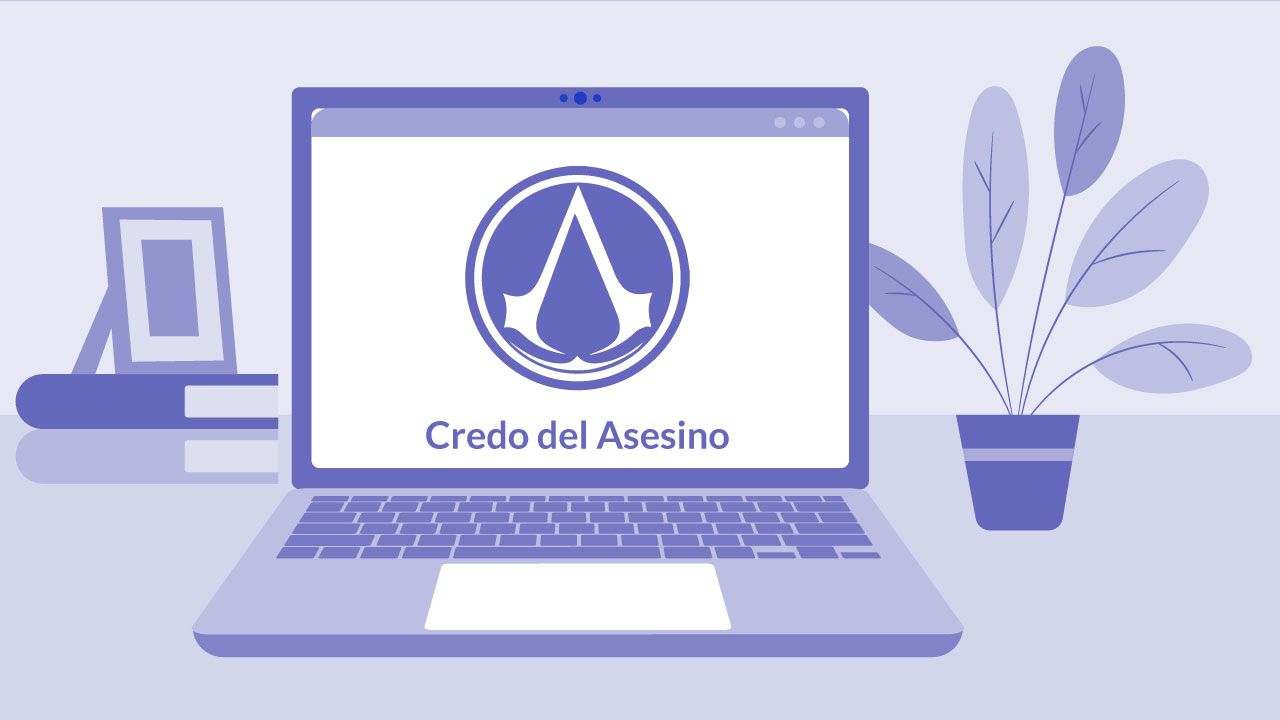
While not explicitly designed for language learning, many video games can actually help you learn a new language. For example, if you’re trying to learn Spanish, you could play “Assassin’s Creed III,” which is set in colonial America and has characters that speak Spanish (and other languages) as their native tongue.
The same goes for “Final Fantasy XV” – while the majority of the game is in Japanese, some of the side characters speak English, French, or Italian. So, if you’re trying to learn one of these languages, this game could be a great way to practice.
Of course, there are many other games that offer an opportunity to learn a foreign language – these are just two examples. So, if you’re a fan of video games, make sure to check if any of them feature your target language. You might be surprised at how many of them do!
Bottom Line
Learning a new language doesn’t have to be boring – as you can see, there are many fun and interactive ways to do it. And, even if you didn’t like anything from our list, don’t stop looking. From board games to online games to even your favorite video games, there are numerous possibilities that you just have to find.
So, what are you waiting for? Start learning today with one (or all!) of these five great language learning games, or find your own way to gamify your learning experience.







